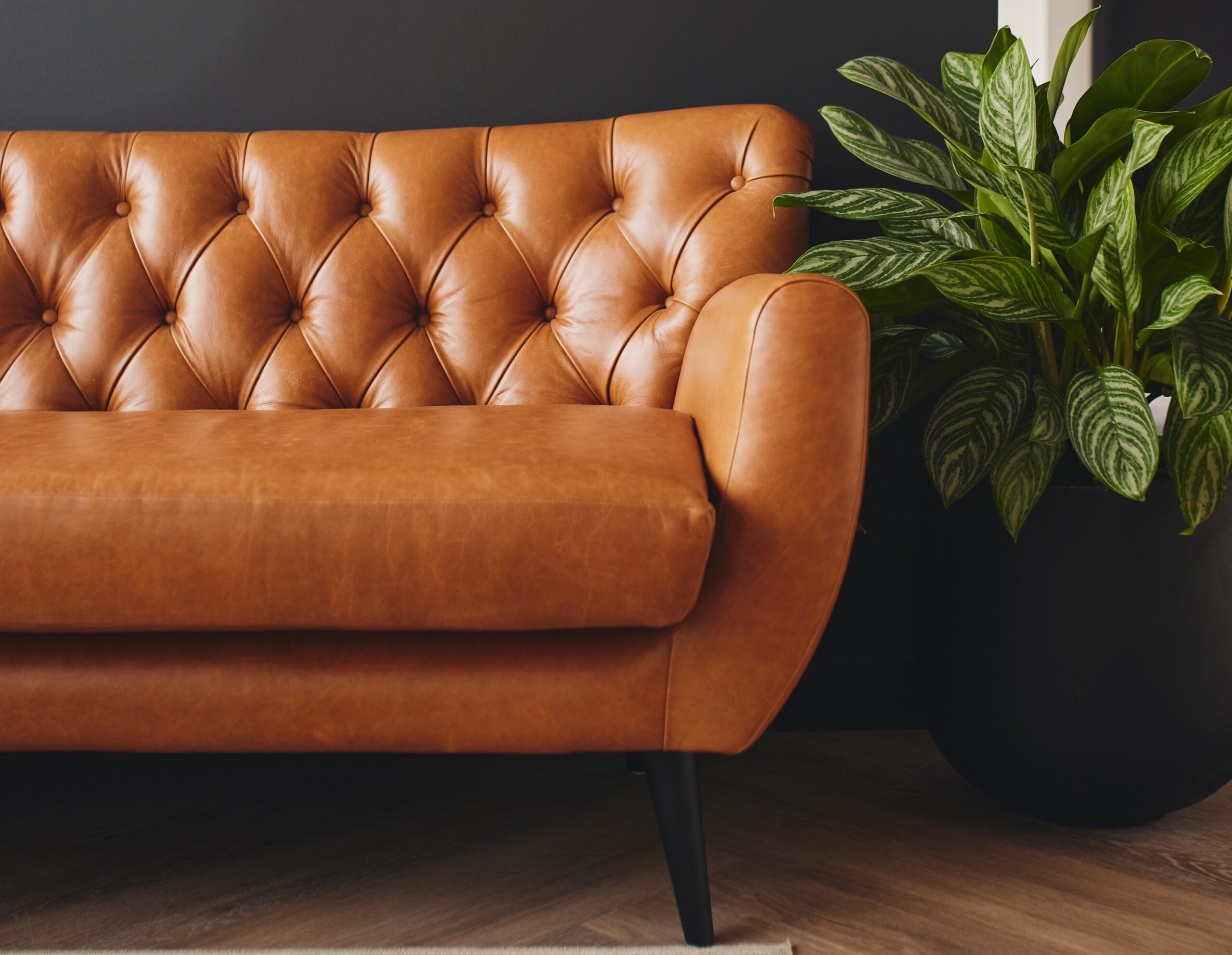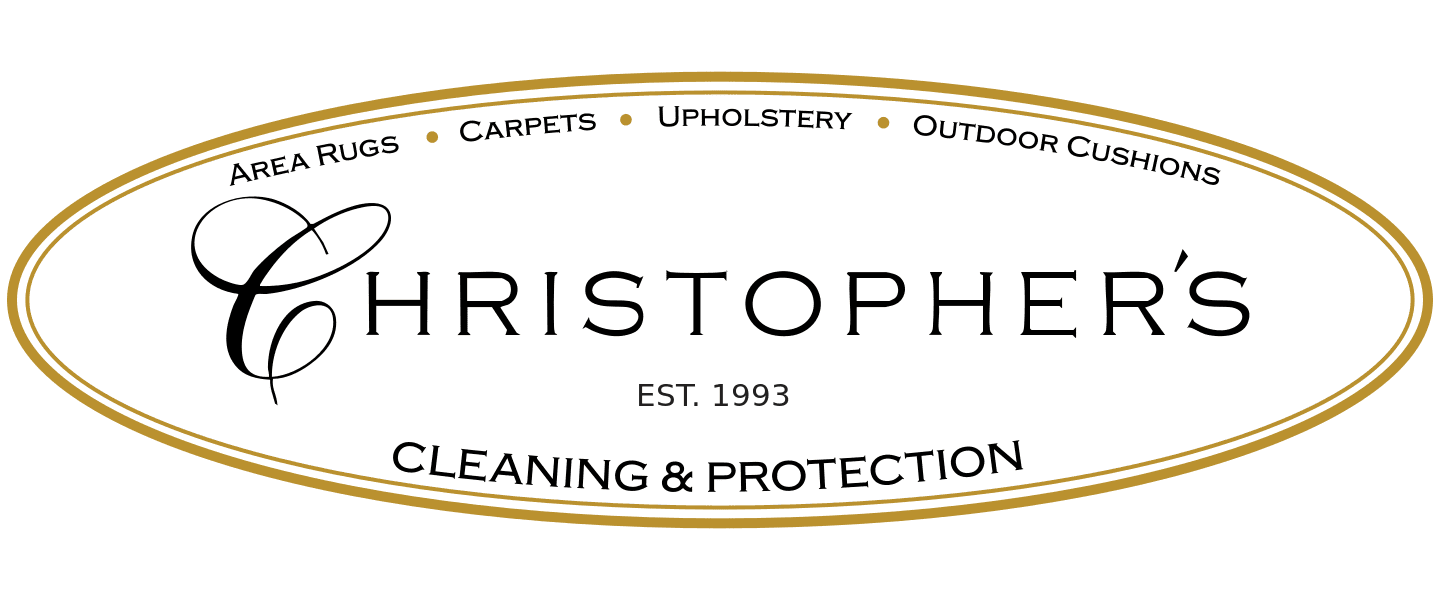Does Upholstery Cleaning Help With Allergies?
Allergies aren’t always triggered by blooming flowers or a shift in the weather. Sometimes, the cause is right in the very comfort of your home, such as the sofa where you sit to watch TV or the recliner in which you nap.
Upholstered furniture is comfortable, for sure, but it also acts like a magnet for dust, pollen, pet dander, and other irritants. Every time you sit or shift a cushion, those allergens can stir back into the air, leaving you sneezing and sniffling without ever stepping outside.
So how can you tell if your furniture is adding to your allergies? Let’s walk through the signs, the fabrics most at risk, and the cleaning steps that make a real difference.
Common Allergy Symptoms Linked to Dirty Upholstery
The effects of dirty upholstery don’t stop with the person sitting on the couch. Family members, children, and even guests can feel the impact when allergens spread through the air. People with asthma or heightened sensitivities are often hit the hardest, sometimes within minutes of exposure.
If you’ve noticed any of these reactions at home, your furniture could be the hidden source.
1) Sneezing and Sinus Congestion
Allergens trapped in fabric often irritate the nasal passages, leading to sneezing fits, stuffy noses, and even sinus headaches that linger indoors.
2) Itchy, Watery Eyes
When particles rise into the air from couches or chairs, they frequently aggravate sensitive eyes, leaving them red, swollen, and irritated.
3) Persistent Coughing or Wheezing
For asthma sufferers, dirty upholstery can trigger coughing spells and wheezing, especially after long periods spent indoors.
4) Skin Irritation or Rashes
Direct contact with allergen-heavy fabrics may cause itching or mild rashes, particularly for people with sensitive skin.
Upholstery Fabrics That Are More Prone to Allergen Buildup
Not all upholstery fabrics behave the same when it comes to allergen buildup. Some materials, especially those with softer textures or looser weaves, naturally trap dust, pollen, and pet dander deep within their fibers.
Others, such as leather or microfiber, resist allergens more effectively but still require consistent care to stay fresh. Understanding how each fabric type interacts with allergens can help you make smarter decisions about maintenance and how often to schedule professional upholstery cleaning.
The table below provides a detailed comparison of common upholstery fabrics, their allergen risks, and the best care practices for each.
| Fabric Type | Allergen-prone Level | Why Allergens Build Up | Key Concerns | Recommended Care |
|---|---|---|---|---|
| Velvet and Chenille | High | Dense pile traps dust, pollen, and pet dander deep in fibers. | Easily holds on to pet hair and airborne particles; difficult to vacuum effectively. | Schedule regular deep professional upholstery cleaning to maintain freshness. |
| Cotton and Linen | High | Looser weave absorbs dust and seasonal pollen easily. | Allergens penetrate fibers; may also absorb moisture and odors over time. | Clean more frequently during allergy season; consider protective fabric treatments. |
| Wool Upholstery | High | Natural fibers attract lint and dust; hold moisture. | Can harbor mold spores if spills or humidity aren’t managed; heavy dust buildup is common. | Blot spills immediately, keep in dry areas, and schedule professional cleaning often. |
| Leather and Faux Leather | Low | Smooth surface prevents particles from clinging easily. | Allergens can still collect in seams, stitching, and cushion gaps. | Wipe down regularly; deep clean occasionally to maintain condition and remove buildup. |
| Microfiber | Moderate | Tight weave resists most particles, but fine dust and dander still cling over time. | Long-term buildup of microscopic dust; less absorbent but still needs consistent upkeep. | Vacuum regularly and schedule professional upholstery cleaning every 12–18 months. |
No matter the fabric, allergens have a way of finding their place in your furniture. While some materials are more resistant than others, routine upkeep paired with professional upholstery cleaning ensures your furniture not only looks beautiful but also supports a healthier, allergy-friendly home environment.
How Professional Upholstery Cleaning Removes Allergens
The real benefit of professional upholstery cleaning is its ability to strip allergens out of the places you can’t see. Over time, dust and pollen wedge into fibers and padding, where they continue to irritate allergy sufferers. A professional cleaning removes that buildup at the source, giving you cleaner air and furniture that feels truly refreshed.
The Professional Upholstery Cleaning Process
Here’s how trained technicians handle allergen removal in a way household tools can’t:
1) Fabric Evaluation and Pre-inspection
Professionals start by examining the type of fabric. Identifying whether the upholstery is cotton, microfiber, velvet, or leather ensures the safest and most effective cleaning method.
2) Deep Vacuuming with HEPA Filters
Industrial-grade vacuum cleaners with HEPA filters remove surface dust and dander more efficiently than a standard household vacuum. These machines capture microscopic allergens instead of redistributing them into the air.
3) Hot Water Extraction or Steam Cleaning
This is the heart of the upholstery cleaning process. Hot water extraction flushes allergens and dirt from deep within the fibers while high temperatures kill dust mites and neutralize allergens on contact.
4) Use of Hypoallergenic Solutions
Many professionals use eco-friendly, hypoallergenic products that remove dirt without leaving behind chemical residues. This step is critical for those already struggling with allergies.
5) Thorough Drying and Fabric Grooming
Proper drying prevents new allergens (like mold) from forming. Grooming the fibers restores texture, leaving upholstery clean, soft, and refreshed.
Extra Steps to Keep Your Upholstery Allergy Free Between Cleanings
Incorporating simple habits into your weekly routine will stretch the results of a professional cleaning and keep symptoms under control. Here’s what else you can do to minimize allergens and protect sensitive family members.
1) Vacuum Regularly with HEPA Attachments
Use a vacuum cleaner with HEPA filters and upholstery attachments weekly. Focus on seams, creases, and under cushions where dust tends to accumulate.
2) Rotate and Fluff Cushions
Rotating cushions prevents allergens from collecting in one spot. Fluffing helps release particles before they sink deeper into the fibers.
3) Use Washable Slipcovers
Slipcovers or cushion covers provide a protective layer. Washing them regularly in hot water kills dust mites and removes pollen or pet dander.
4) Manage Indoor Air Quality
Adding an air purifier to living spaces reduces airborne allergens before they can settle into upholstery. Pairing this with consistent dusting and vacuuming creates a cleaner overall environment.
5) Address Spills Immediately
Moisture is a breeding ground for mold. Blot spills as soon as they happen and ensure cushions dry fully before use to prevent allergen growth.
Additional Allergy Friendly Measures
Beyond regular upkeep, there are a few smart choices you can make that reduce allergens in the long run. These added steps can make your upholstery and your home much more comfortable for allergy sufferers.
Air Purifiers
Running a purifier with HEPA filtration in living spaces reduces airborne particles, preventing them from settling into upholstery.
Choose Hypoallergenic Fabrics
When possible, select furniture made with hypoallergenic materials like microfiber or leather, which resist allergen buildup more effectively.
Pet Management
Brush and bathe pets regularly, and consider using washable pet blankets or throws on couches to keep dander under control.
Protect Your Home from Allergens — Schedule Upholstery Cleaning with Christopher’s

Your home should be a safe haven, not a source of hidden allergens and dust that quietly impact the health of your family. With Christopher’s, you can trust that every piece of fine furniture receives the same precision and care we deliver to luxury residences, historic estates, and executive spaces.
Our Upholstery Cleaning Service is known throughout the Washington, D.C., and Baltimore region for removing even the most stubborn soils while protecting the beauty and integrity of your treasured pieces.
For over 30 years, our discerning clients have chosen Christopher’s for one reason – expertise that delivers consistent results. With onsite convenience, we bring our professional Upholstery Cleaning Service directly to your home, office, restaurant, or venue across the District of Columbia, Northern Virginia, and Maryland suburbs.
📞 Schedule now: Call 240-255-7952, email genmgr@mychristophers.com, or use the form below to book your appointment.
📍 Our address: 2931-E Eskridge Road, Fairfax, Virginia, 22031
